COCKLE HARVEST BLOOM
입력 2022.02.21 (15:21)
수정 2022.02.21 (16:46)
읽어주기 기능은 크롬기반의
브라우저에서만 사용하실 수 있습니다.
[Anchor Lead]
Cheonsuman Bay used to be a main producer of cockles. Over the past decade, the catch has plunged so significantly that even official statistics could not be compiled. But over 70 tons of the shellfish were harvested this year, giving hope to fishermen. Let’s take a look.
[Pkg]
The West Sea, with depths of some 15 meters. A net with rakes is being pulled up, revealing the day’s catch: fist-sized shellfish. They are cockles, a winter delicacy. In 2003, over 1,100 tons of cockles were caught near Cheunsuman Bay. But after reaching that peak, the catch began dropping significantly and no official statistics were compiled for eight straight years since 2012. But from 2021, the shellfish were spotted again in the area and more than 70 tons were caught this year. It's partly thanks to an improvement in the environment of the species’ sedimentary habitat with organic matters reduced. It is also the result of an artificial incubation project that began in 2019 that released baby cockles into the water. A test shows the genetic makeup of the sample cockles caught in the sea and those used for artificial incubation were identical.
[Soundbite] Nam Ki-woong(Chungnam Marine Resource Research Institute) : "We are conducting a gene test to find whether or not the cockles are the ones we released and how effective this project has been."
Fishermen are excited to see cockles back.
[Soundbite] Seo Heung-koo(Hongseong Fisherman) : "We expect it will be effective if we clean the water annually to improve water quality and then release seed cockles."
Various methods, including inland aquaculture, are being tested in order to mass-produce cockles.
Cheonsuman Bay used to be a main producer of cockles. Over the past decade, the catch has plunged so significantly that even official statistics could not be compiled. But over 70 tons of the shellfish were harvested this year, giving hope to fishermen. Let’s take a look.
[Pkg]
The West Sea, with depths of some 15 meters. A net with rakes is being pulled up, revealing the day’s catch: fist-sized shellfish. They are cockles, a winter delicacy. In 2003, over 1,100 tons of cockles were caught near Cheunsuman Bay. But after reaching that peak, the catch began dropping significantly and no official statistics were compiled for eight straight years since 2012. But from 2021, the shellfish were spotted again in the area and more than 70 tons were caught this year. It's partly thanks to an improvement in the environment of the species’ sedimentary habitat with organic matters reduced. It is also the result of an artificial incubation project that began in 2019 that released baby cockles into the water. A test shows the genetic makeup of the sample cockles caught in the sea and those used for artificial incubation were identical.
[Soundbite] Nam Ki-woong(Chungnam Marine Resource Research Institute) : "We are conducting a gene test to find whether or not the cockles are the ones we released and how effective this project has been."
Fishermen are excited to see cockles back.
[Soundbite] Seo Heung-koo(Hongseong Fisherman) : "We expect it will be effective if we clean the water annually to improve water quality and then release seed cockles."
Various methods, including inland aquaculture, are being tested in order to mass-produce cockles.
■ 제보하기
▷ 카카오톡 : 'KBS제보' 검색, 채널 추가
▷ 전화 : 02-781-1234, 4444
▷ 이메일 : kbs1234@kbs.co.kr
▷ 유튜브, 네이버, 카카오에서도 KBS뉴스를 구독해주세요!
- COCKLE HARVEST BLOOM
-
- 입력 2022-02-21 15:21:13
- 수정2022-02-21 16:46:14
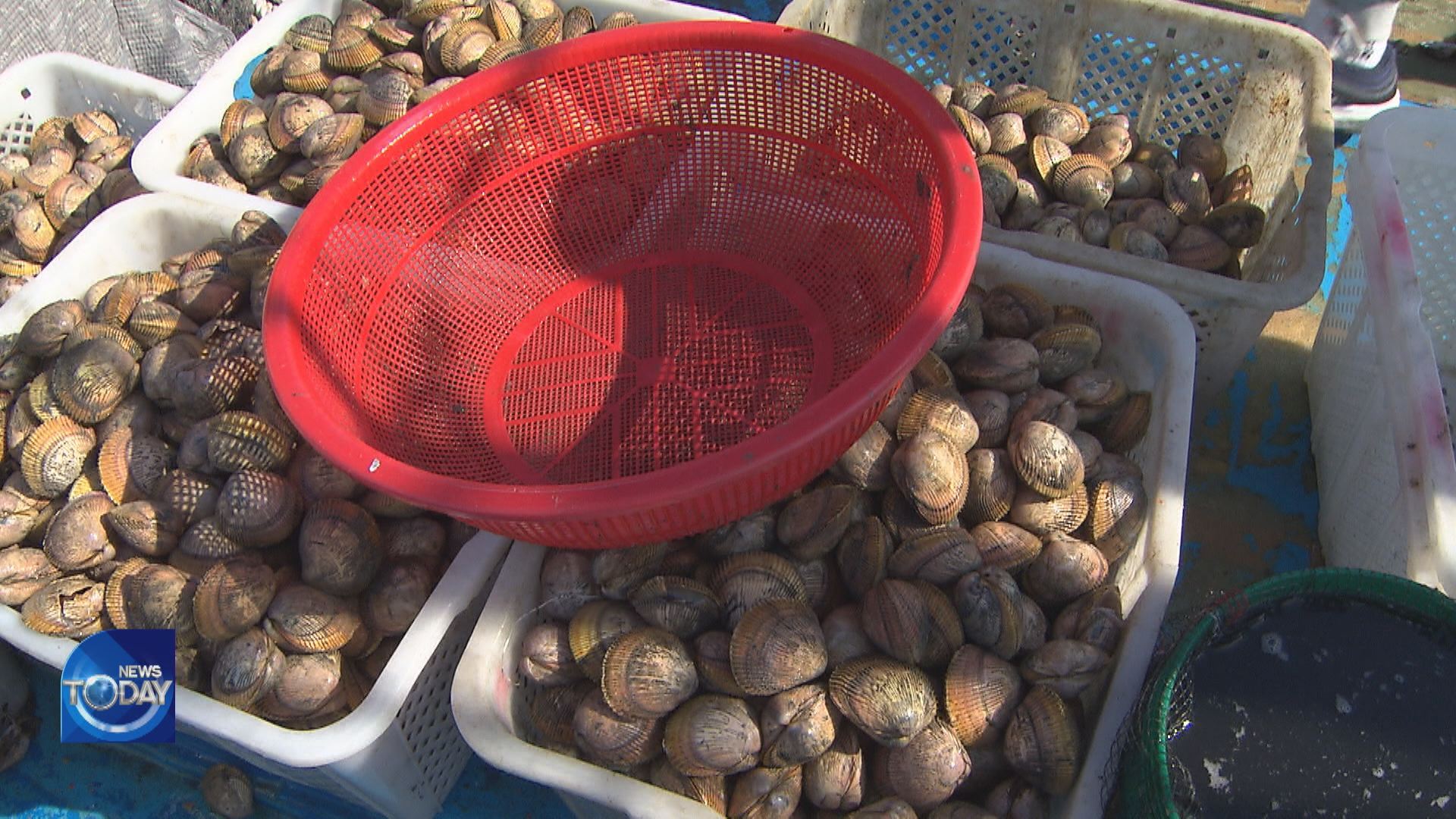
[Anchor Lead]
Cheonsuman Bay used to be a main producer of cockles. Over the past decade, the catch has plunged so significantly that even official statistics could not be compiled. But over 70 tons of the shellfish were harvested this year, giving hope to fishermen. Let’s take a look.
[Pkg]
The West Sea, with depths of some 15 meters. A net with rakes is being pulled up, revealing the day’s catch: fist-sized shellfish. They are cockles, a winter delicacy. In 2003, over 1,100 tons of cockles were caught near Cheunsuman Bay. But after reaching that peak, the catch began dropping significantly and no official statistics were compiled for eight straight years since 2012. But from 2021, the shellfish were spotted again in the area and more than 70 tons were caught this year. It's partly thanks to an improvement in the environment of the species’ sedimentary habitat with organic matters reduced. It is also the result of an artificial incubation project that began in 2019 that released baby cockles into the water. A test shows the genetic makeup of the sample cockles caught in the sea and those used for artificial incubation were identical.
[Soundbite] Nam Ki-woong(Chungnam Marine Resource Research Institute) : "We are conducting a gene test to find whether or not the cockles are the ones we released and how effective this project has been."
Fishermen are excited to see cockles back.
[Soundbite] Seo Heung-koo(Hongseong Fisherman) : "We expect it will be effective if we clean the water annually to improve water quality and then release seed cockles."
Various methods, including inland aquaculture, are being tested in order to mass-produce cockles.
Cheonsuman Bay used to be a main producer of cockles. Over the past decade, the catch has plunged so significantly that even official statistics could not be compiled. But over 70 tons of the shellfish were harvested this year, giving hope to fishermen. Let’s take a look.
[Pkg]
The West Sea, with depths of some 15 meters. A net with rakes is being pulled up, revealing the day’s catch: fist-sized shellfish. They are cockles, a winter delicacy. In 2003, over 1,100 tons of cockles were caught near Cheunsuman Bay. But after reaching that peak, the catch began dropping significantly and no official statistics were compiled for eight straight years since 2012. But from 2021, the shellfish were spotted again in the area and more than 70 tons were caught this year. It's partly thanks to an improvement in the environment of the species’ sedimentary habitat with organic matters reduced. It is also the result of an artificial incubation project that began in 2019 that released baby cockles into the water. A test shows the genetic makeup of the sample cockles caught in the sea and those used for artificial incubation were identical.
[Soundbite] Nam Ki-woong(Chungnam Marine Resource Research Institute) : "We are conducting a gene test to find whether or not the cockles are the ones we released and how effective this project has been."
Fishermen are excited to see cockles back.
[Soundbite] Seo Heung-koo(Hongseong Fisherman) : "We expect it will be effective if we clean the water annually to improve water quality and then release seed cockles."
Various methods, including inland aquaculture, are being tested in order to mass-produce cockles.
이 기사가 좋으셨다면
-
좋아요
0
-
응원해요
0
-
후속 원해요
0










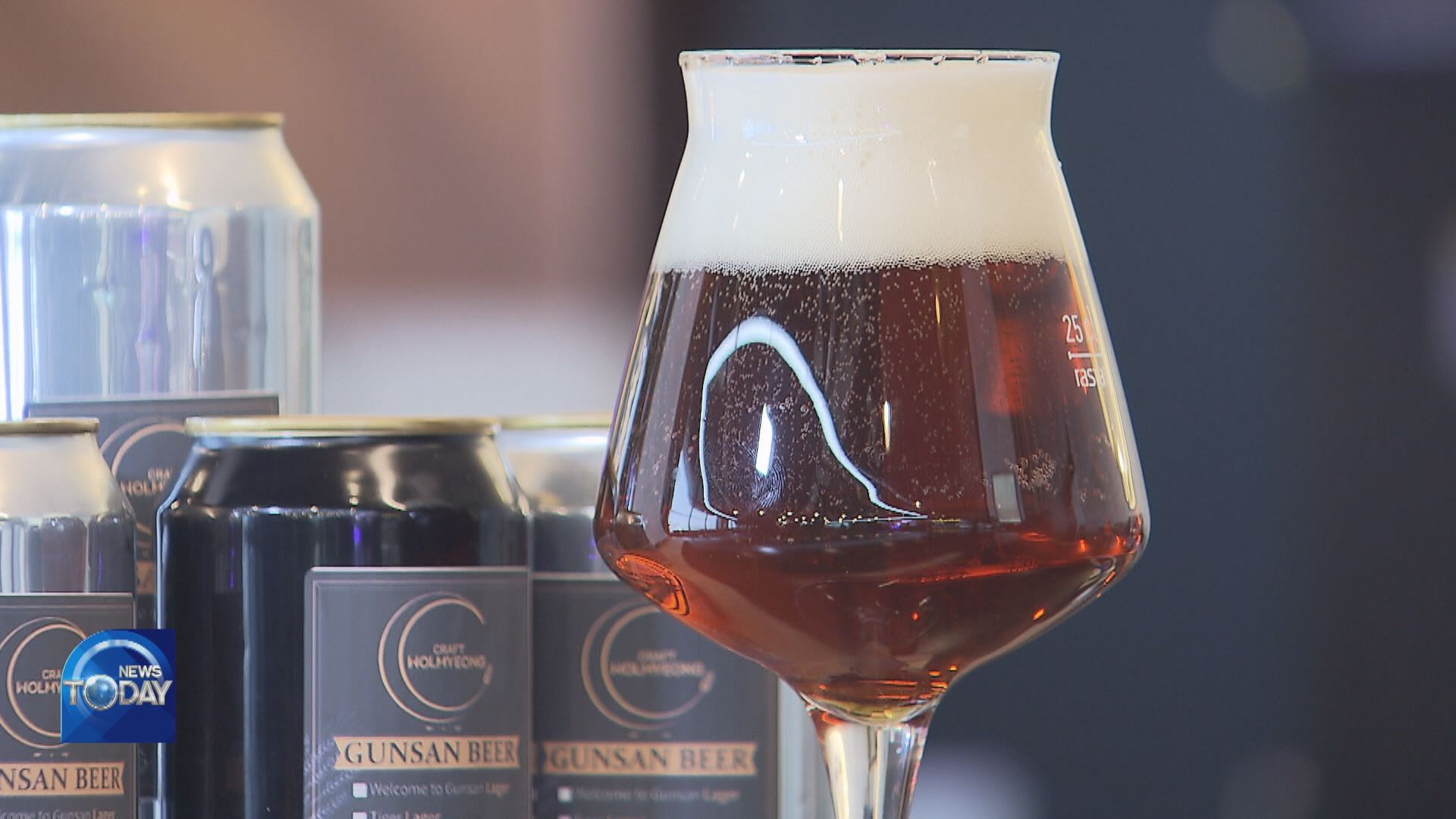
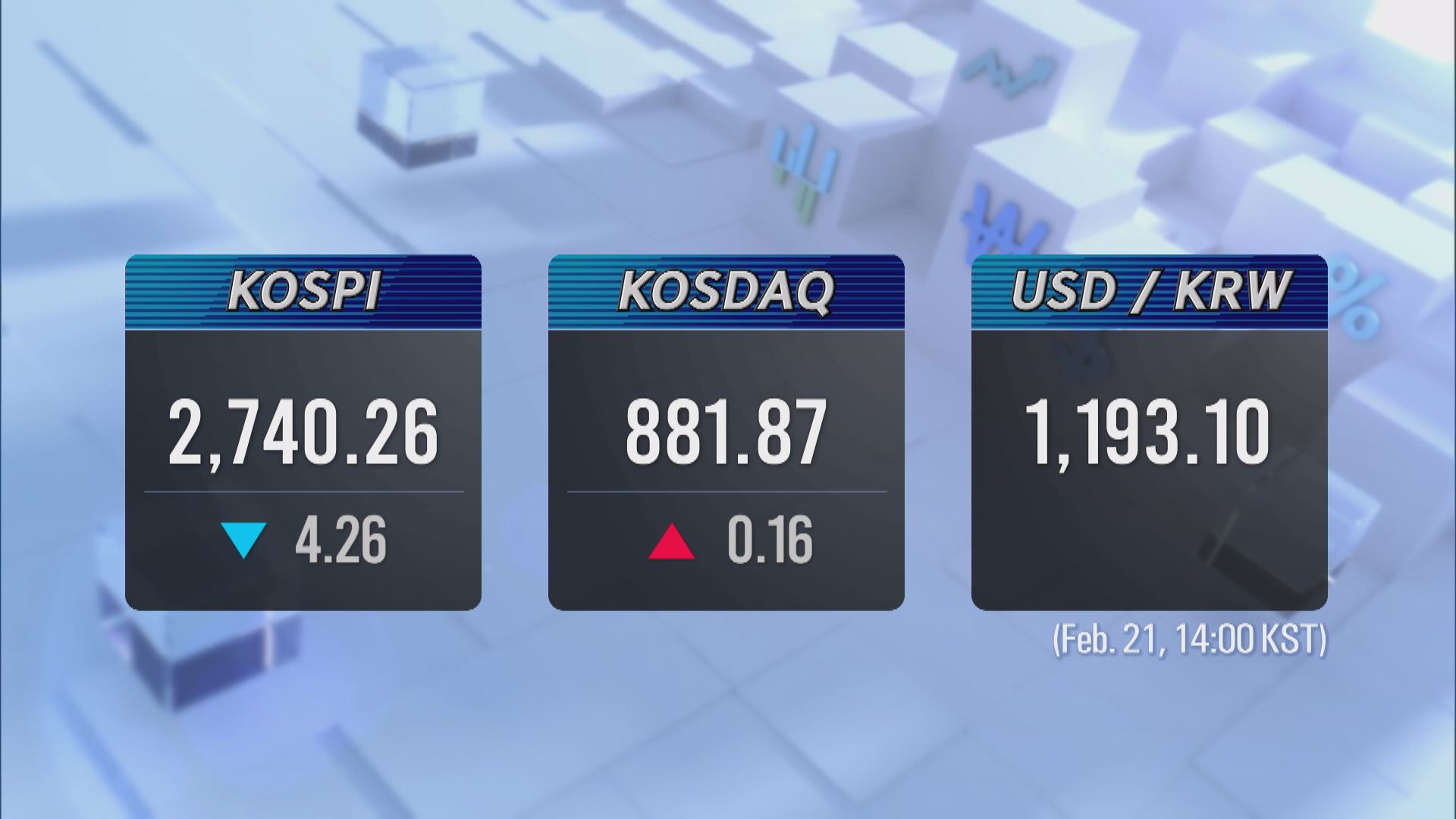
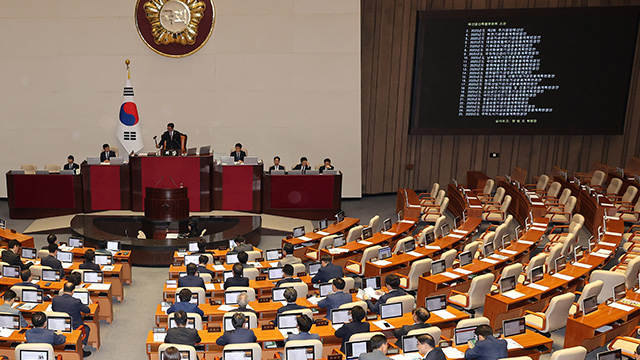


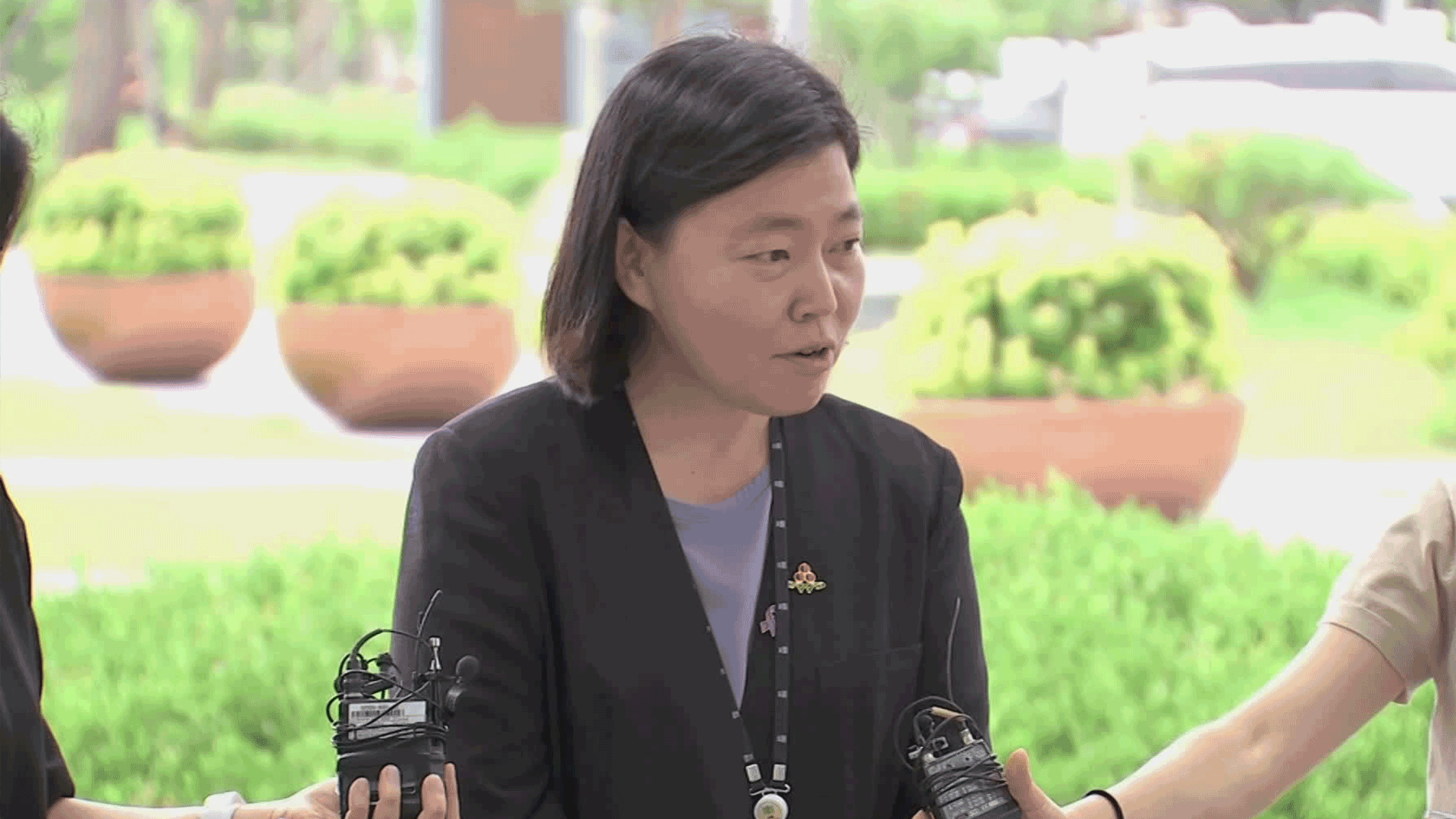

이 기사에 대한 의견을 남겨주세요.